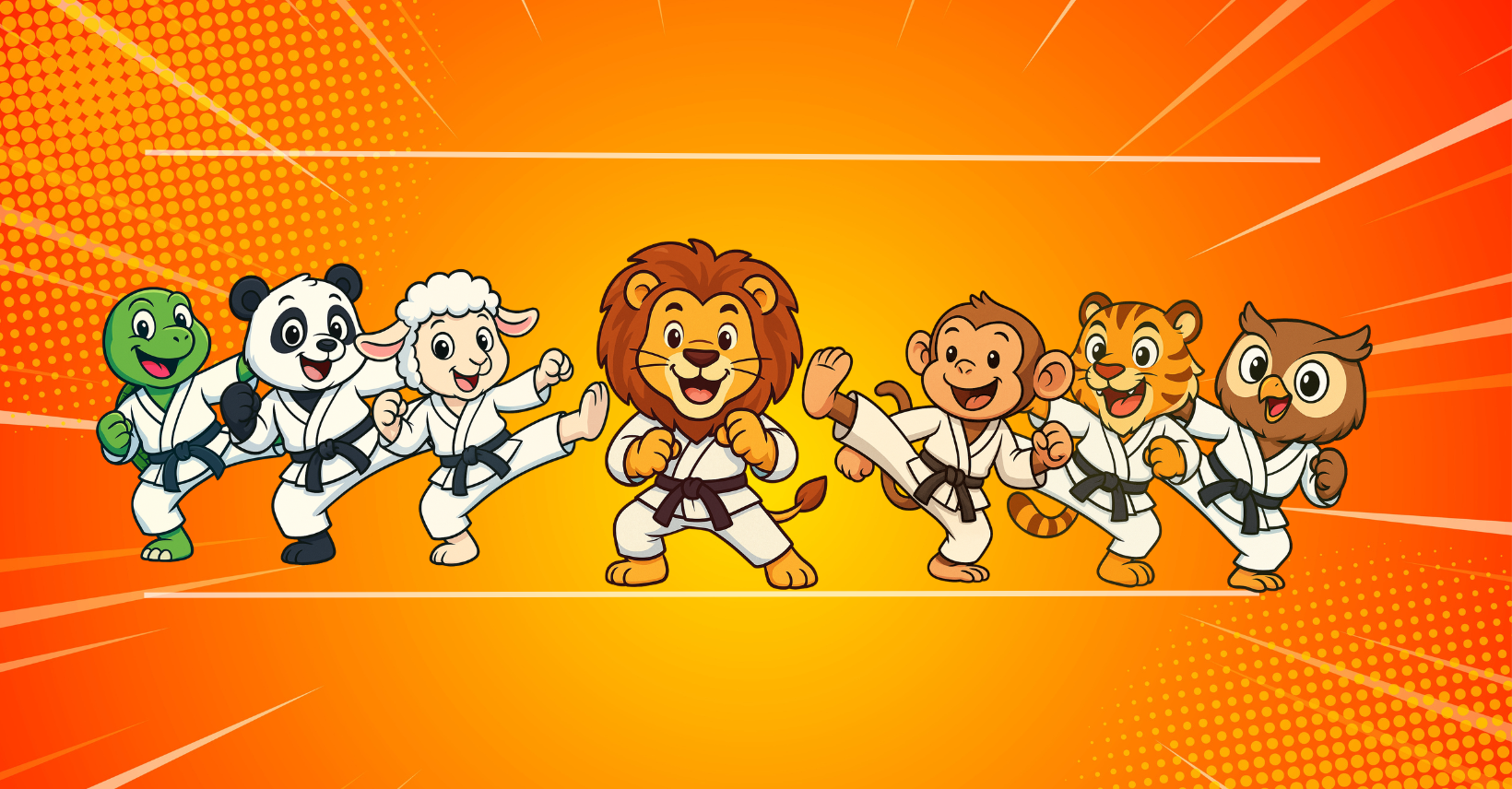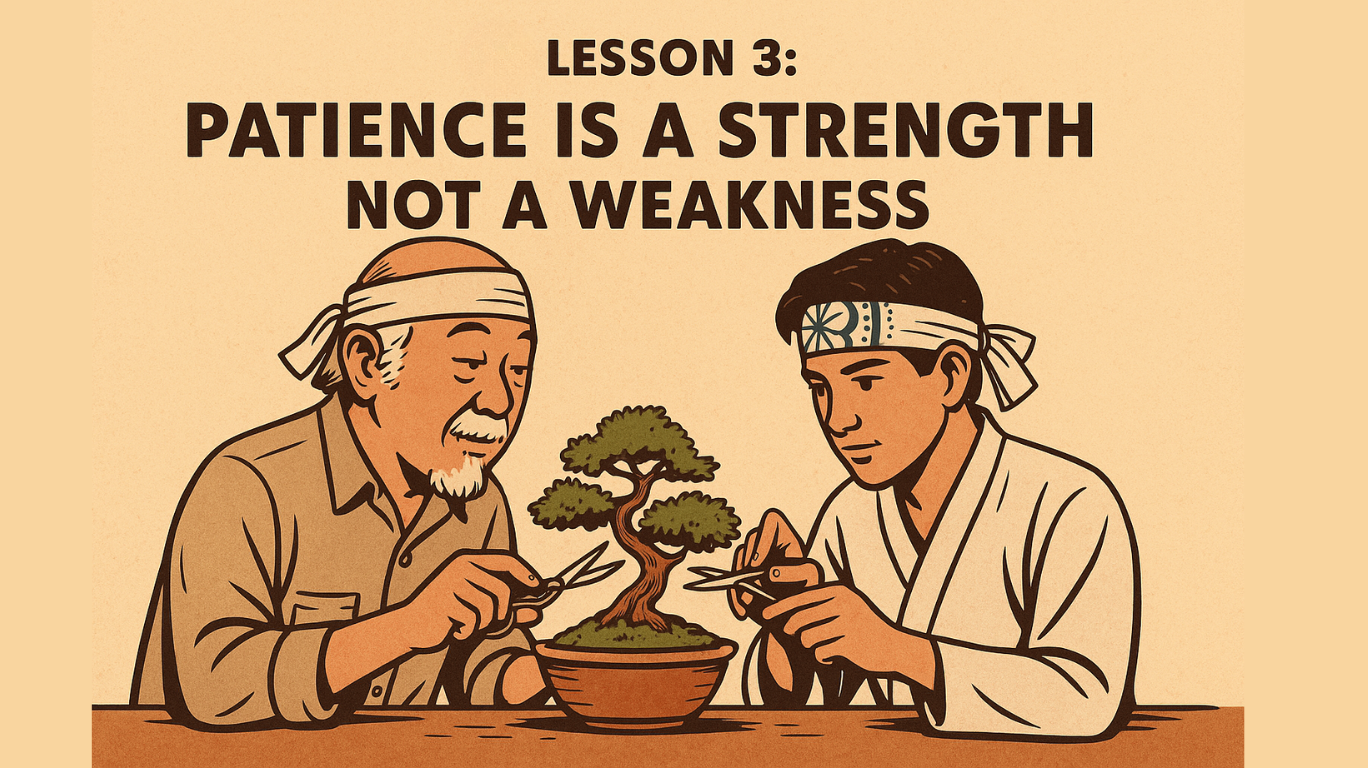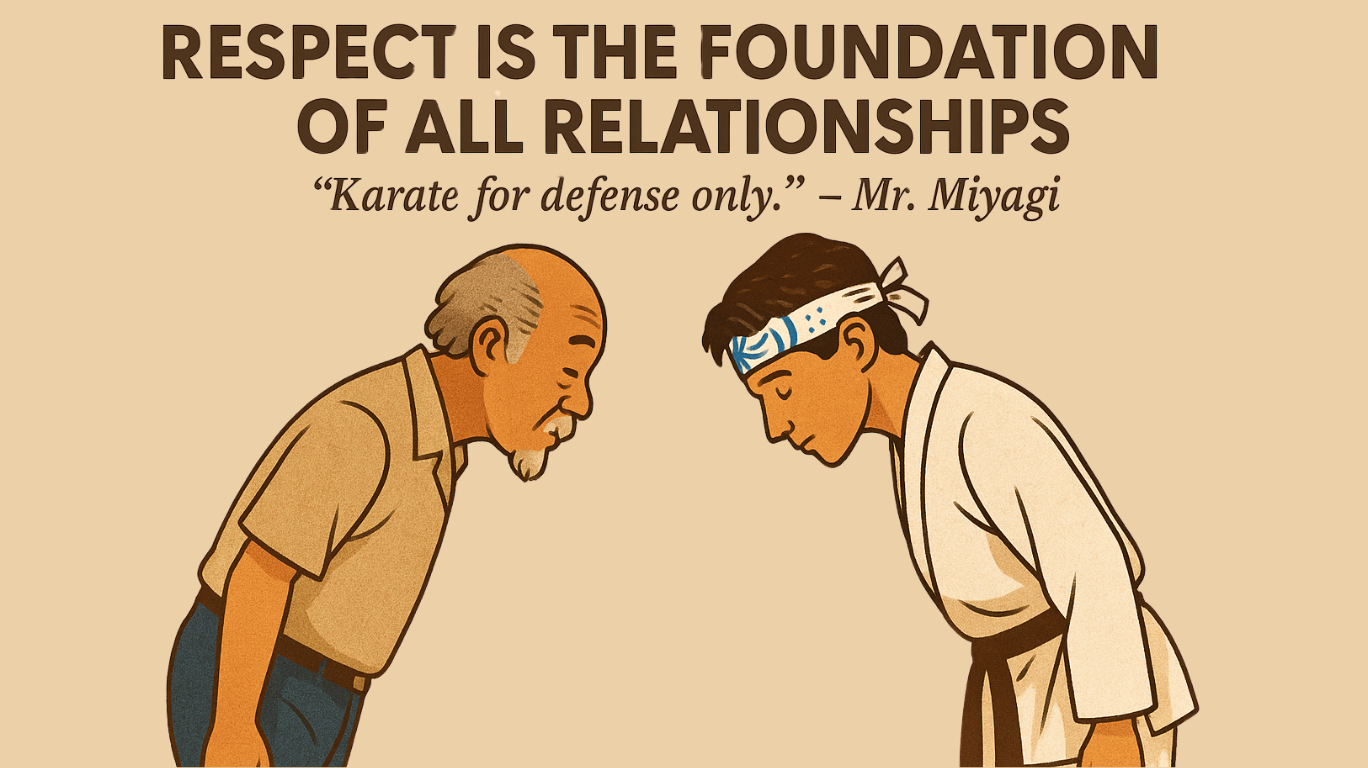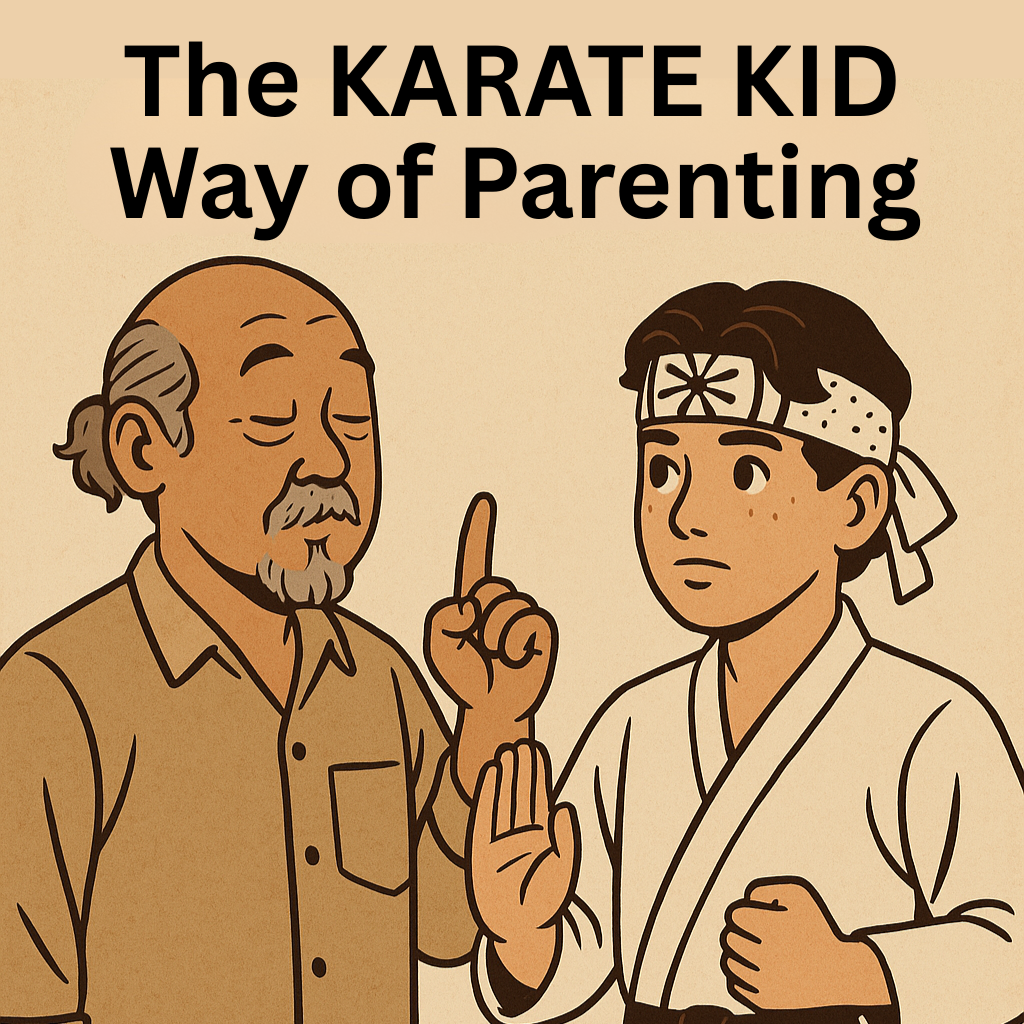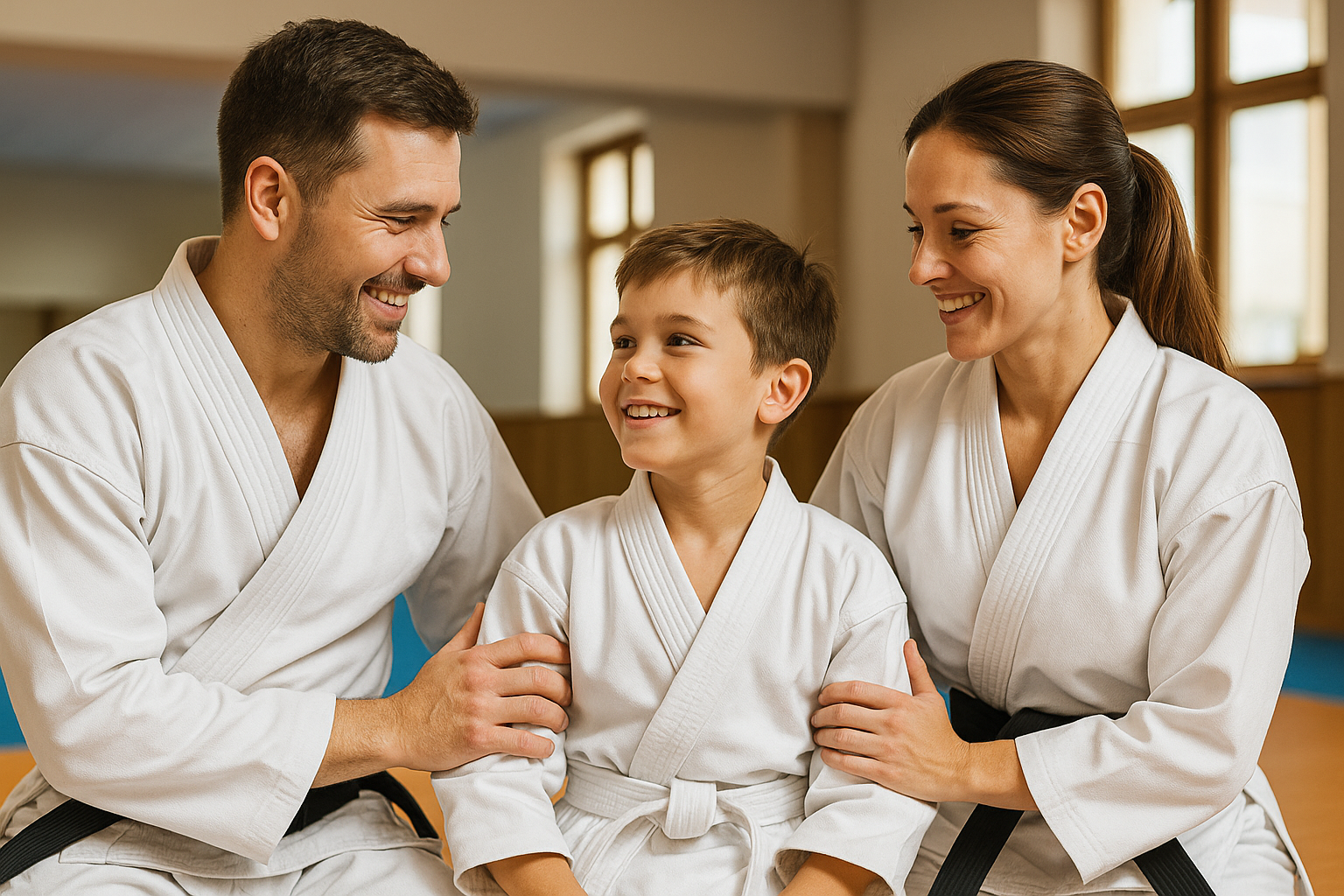By Daniel Segarra
•
October 6, 2025
By Dan Segarra, 9th Degree Black Belt in Tang Soo Do In today’s world, kids and teens are constantly surrounded by influences—some inspiring, many not. Social media, celebrity culture, and peer pressure have created a “battle of the role models,” where children often look up to people who may not reflect the values we want to see in them. So why do kids sometimes choose negative role models, even when loving parents and teachers are doing their best to guide them? To understand this, we can look to one of psychology’s most influential thinkers: Abraham Maslow. Maslow’s Hierarchy of Human Needs: A Map of Motivation Abraham Maslow developed the Hierarchy of Human Needs to explain what drives human behavior. His theory outlines seven levels of needs—each one building on the last. These needs help explain not only our actions but also the choices children make about who they admire and imitate. Here’s a brief overview: Physiological Needs – Food, water, oxygen, rest, movement. Safety Needs – Shelter, predictability, protection. Love and Belonging – Friendship, acceptance, connection. Esteem Needs – Confidence, recognition, personal achievement. Cognitive Needs – Curiosity, learning, mental stimulation. Aesthetic Needs – Appreciation for beauty, order, and balance. Self-Actualization – Becoming your best self. For children, the third level—love and belonging—is often the most critical. When Belonging Is Missing, Kids Look Anywhere Children have a deep emotional need to feel accepted, valued, and connected. If they don’t feel that at home, in school, or in their community, they will find it somewhere. And sometimes, “somewhere” is the wrong place. That’s why kids may gravitate toward: Gangs – which offer loyalty and identity. Toxic online influencers – who project confidence, rebellion, and fame. Cult-like groups – that promise purpose and connection. Negative peer groups – that reward bad behavior with attention. To a child craving connection, even negative attention feels better than being ignored. In the absence of strong, positive role models, they’ll cling to whoever offers a sense of belonging—even if that person leads them down a dangerous path. That’s why some teens walk around with their pants hanging halfway down—not because they genuinely prefer that style, but because they’re mirroring the culture of the environment they want to belong to. It's a visual language of acceptance—one that signals, “I’m part of this group.” And in the age of social media, “influencers” literally influence millions of kids every single day—for better or worse. Think about it: Taylor Swift has her “Swifties” Andrew Tate has the “Hustlers” Cardi B has the “Bardi Gang” Jake Paul, Kanye West, and others have millions mimicking their style, language, and attitudes. Each name represents more than a brand—it’s a lifestyle tribe. Kids are searching for identity, and these online figures are giving them a sense of who to be, how to act, and what matters. The Power of Positive Role Models The good news? Positive role models are just as powerful—when kids have access to them. When children find connection, mentorship, and encouragement in healthy communities—like martial arts schools, sports teams, churches, youth programs, or clubs—they thrive. They not only begin to model positive behavior, but they also start to build self-worth and confidence. That’s where martial arts shines. Why Martial Arts Fulfills Every Layer of Maslow’s Needs As a martial arts instructor for over 40 years, I’ve seen firsthand how training meets nearly every level of Maslow’s hierarchy: ✅ Physiological – Kids move, sweat, and stay active. ✅ Safety – Our dojang is a safe space with clear boundaries and rules. ✅ Love and Belonging – Students become part of a tribe—cheering, encouraging, and growing together. ✅ Esteem – Every new stripe or belt builds pride and confidence. ✅ Cognitive – Forms, focus drills, and self-discipline challenge the brain. ✅ Aesthetic – Our uniforms, movements, and ceremonies are steeped in beauty and tradition. ✅ Self-Actualization – Students learn to conquer fear, believe in themselves, and reach their full potential. The best part? Martial arts instructors—like myself and my team—are more than coaches. We’re mentors, leaders, and trusted guides. We teach kids that discipline is strength, that respect is earned, and that the greatest victory is mastering yourself. Parents: You Have More Power Than You Think If you’re a parent, you may not be able to shield your child from every negative influence—but you can stack the deck in their favor. Here’s how: Be curious about who your child looks up to—and why. Talk openly about the difference between real confidence and fake popularity. Give them access to strong, uplifting communities (like martial arts, sports, youth groups). Lead by example—kids watch how you talk, listen, and treat others. Help them belong to something greater than themselves. The Final Word The battle of the role models isn’t just about fame or fashion—it’s about identity and belonging. Kids are asking: “Who am I?” “Where do I fit?” “Who believes in me?” Let’s make sure they find the answers in places that build them up—not break them down. At Warrior Scholar Martial Arts, we help kids discover their inner strength, find their voice, and become leaders in their lives. Because when kids feel like they belong to something powerful and positive, they don’t have to chase belonging in all the wrong places. 💬 Want to learn how martial arts can help your child thrive? Visit www.WarriorScholarMartialArts.com or call 516-239-6608 for a free trial lesson. Together, we can raise stronger, smarter, and safer kids—one role model at a time.




